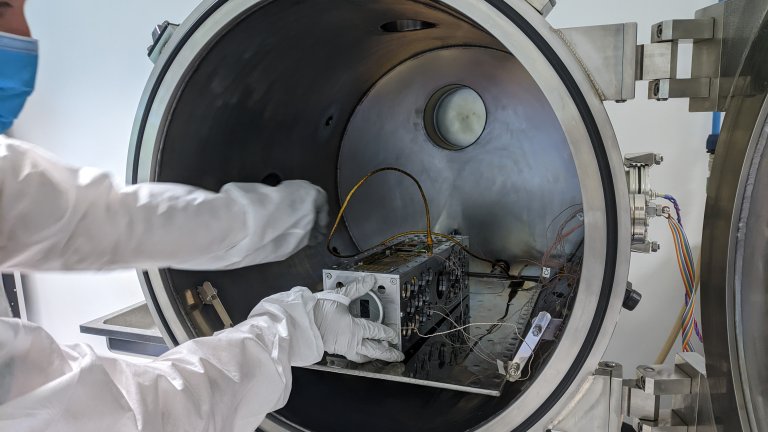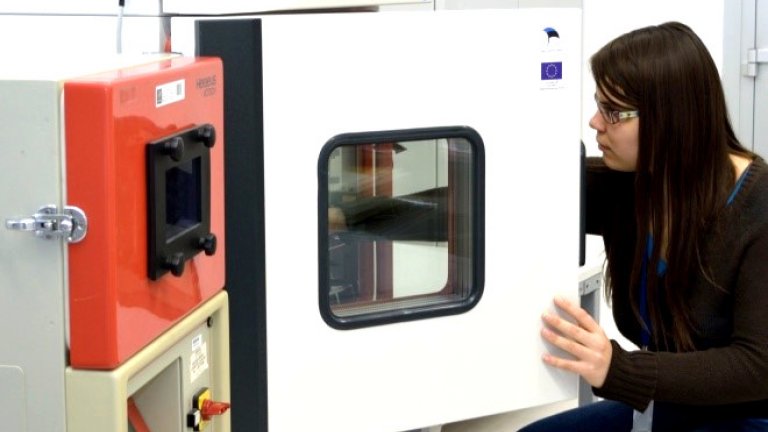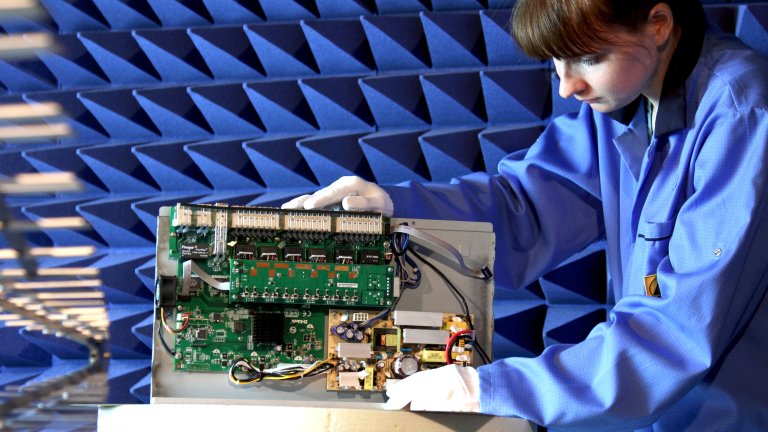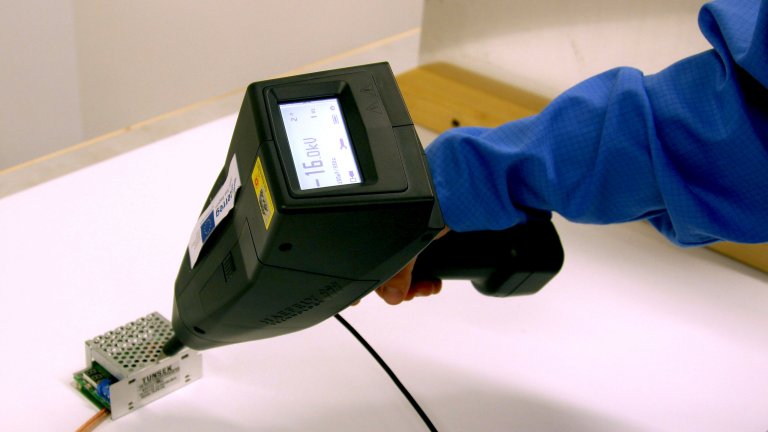-
Faculty of Arts and HumanitiesDean's Office, Faculty of Arts and HumanitiesJakobi 2, r 116-121 51005 Tartu linn, Tartu linn, Tartumaa EST0Institute of History and ArchaeologyJakobi 2 51005 Tartu linn, Tartu linn, Tartumaa EST0Institute of Estonian and General LinguisticsJakobi 2, IV korrus 51005 Tartu linn, Tartu linn, Tartumaa EST0Institute of Philosophy and SemioticsJakobi 2, III korrus, ruumid 302-337 51005 Tartu linn, Tartu linn, Tartumaa EST0Institute of Cultural ResearchÜlikooli 16 51003 Tartu linn, Tartu linn, Tartumaa EST0Institute of Foreign Languages and CulturesLossi 3 51003 Tartu linn, Tartu linn, Tartumaa EST0School of Theology and Religious StudiesÜlikooli 18 50090 Tartu linn, Tartu linn, Tartumaa EST0Viljandi Culture AcademyPosti 1 71004 Viljandi linn, Viljandimaa EST0Professors emeriti, Faculty of Arts and Humanities0Associate Professors emeriti, Faculty of Arts and Humanities0Faculty of Social SciencesDean's Office, Faculty of Social SciencesLossi 36 51003 Tartu linn, Tartu linn, Tartumaa EST0Institute of EducationJakobi 5 51005 Tartu linn, Tartu linn, Tartumaa EST0Johan Skytte Institute of Political StudiesLossi 36, ruum 301 51003 Tartu linn, Tartu linn, Tartumaa EST0School of Economics and Business AdministrationNarva mnt 18 51009 Tartu linn, Tartu linn, Tartumaa EST0Institute of PsychologyNäituse 2 50409 Tartu linn, Tartu linn, Tartumaa EST0School of LawNäituse 20 - 324 50409 Tartu linn, Tartu linn, Tartumaa EST0Institute of Social StudiesLossi 36 51003 Tartu linn, Tartu linn, Tartumaa EST0Narva CollegeRaekoja plats 2 20307 Narva linn, Ida-Virumaa EST0Pärnu CollegeRingi 35 80012 Pärnu linn, Pärnu linn, Pärnumaa EST0Professors emeriti, Faculty of Social Sciences0Associate Professors emeriti, Faculty of Social Sciences0Faculty of MedicineDean's Office, Faculty of MedicineRavila 19 50411 Tartu linn, Tartu linn, Tartumaa ESTInstitute of Biomedicine and Translational MedicineBiomeedikum, Ravila 19 50411 Tartu linn, Tartu linn, Tartumaa ESTInstitute of PharmacyNooruse 1 50411 Tartu linn, Tartu linn, Tartumaa ESTInstitute of DentistryL. Puusepa 1a 50406 Tartu linn, Tartu linn, Tartumaa ESTInstitute of Clinical MedicineL. Puusepa 8 50406 Tartu linn, Tartu linn, Tartumaa ESTInstitute of Family Medicine and Public HealthRavila 19 50411 Tartu linn, Tartu linn, Tartumaa ESTInstitute of Sport Sciences and PhysiotherapyUjula 4 51008 Tartu linn, Tartu linn, Tartumaa ESTProfessors emeriti, Faculty of Medicine0Associate Professors emeriti, Faculty of Medicine0Faculty of Science and TechnologyDean's Office, Faculty of Science and TechnologyVanemuise 46 - 208 51003 Tartu linn, Tartu linn, Tartumaa ESTInstitute of Computer ScienceNarva mnt 18 51009 Tartu linn, Tartu linn, Tartumaa ESTInstitute of GenomicsRiia 23b/2 51010 Tartu linn, Tartu linn, Tartumaa ESTEstonian Marine Institute0Institute of PhysicsInstitute of ChemistryRavila 14a 50411 Tartu linn, Tartu linn, Tartumaa EST0Institute of Mathematics and StatisticsNarva mnt 18 51009 Tartu linn, Tartu linn, Tartumaa EST0Institute of Molecular and Cell BiologyRiia 23, 23b - 134 51010 Tartu linn, Tartu linn, Tartumaa ESTTartu ObservatoryObservatooriumi 1 61602 Tõravere alevik, Nõo vald, Tartumaa EST0Institute of TechnologyNooruse 1 50411 Tartu linn, Tartu linn, Tartumaa ESTInstitute of Ecology and Earth SciencesJ. Liivi tn 2 50409 Tartu linn, Tartu linn, Tartumaa ESTProfessors emeriti, Faculty of Science and Technology0Associate Professors emeriti, Faculty of Science and Technology0Institute of BioengineeringArea of Academic SecretaryHuman Resources OfficeUppsala 6, Lossi 36 51003 Tartu linn, Tartu linn, Tartumaa EST0Area of Head of FinanceFinance Office0Area of Director of AdministrationInformation Technology Office0Administrative OfficeÜlikooli 17 (III korrus) 51005 Tartu linn, Tartu linn, Tartumaa EST0Estates Office0Marketing and Communication OfficeÜlikooli 18, ruumid 102, 104, 209, 210 50090 Tartu linn, Tartu linn, Tartumaa EST0Area of Vice Rector for Academic AffairsOffice of Academic AffairsUniversity of Tartu Youth AcademyUppsala 10 51003 Tartu linn, Tartu linn, Tartumaa EST0Student Union OfficeÜlikooli 18b 51005 Tartu linn, Tartu linn, Tartumaa EST0Centre for Learning and TeachingArea of Vice Rector for ResearchUniversity of Tartu LibraryW. Struve 1 50091 Tartu linn, Tartu linn, Tartumaa EST0Grant OfficeArea of Vice Rector for DevelopmentCentre for Entrepreneurship and InnovationNarva mnt 18 51009 Tartu linn, Tartu linn, Tartumaa EST0University of Tartu Natural History Museum and Botanical GardenVanemuise 46 51003 Tartu linn, Tartu linn, Tartumaa EST0International Cooperation and Protocol Office0University of Tartu MuseumLossi 25 51003 Tartu linn, Tartu linn, Tartumaa EST0Area of RectorRector's Strategy OfficeInternal Audit Office

Environmental testing
- sine and random vibration
- mechanical shock
- thermal vacuum
- climatic conditions
- electromagnetic compatibility
- electrostatic discharge
Scroll down for details.

Sine and random vibration
Test object with a mass up to 50 kg
Frequency range 5 Hz … 4 kHz
Max acceleration* 720 m/s² (sine vibration)
Max acceleration* 480 m/s² (random vibration)
Max force 1,5 kN
EVS-EN 60068-2-6:2008
EVS-EN 60068-2-64:2008
ECSS-E-ST-10-03C
Estonian Accreditation Centre certificate L151
* Depends on the mass of the test object
Frequency range 5 Hz … 4 kHz
Max acceleration* 720 m/s² (sine vibration)
Max acceleration* 480 m/s² (random vibration)
Max force 1,5 kN
EVS-EN 60068-2-6:2008
EVS-EN 60068-2-64:2008
ECSS-E-ST-10-03C
Estonian Accreditation Centre certificate L151
* Depends on the mass of the test object
Mechanical shock
Mechanical shock response spectrum up to 98 000 m/s2
Frequency range 1 Hz … 10 kHz
Test object with a mass up to 26 kg
ECSS-E-ST-10-03C
Estonian Accreditation Centre certificate L151
Frequency range 1 Hz … 10 kHz
Test object with a mass up to 26 kg
ECSS-E-ST-10-03C
Estonian Accreditation Centre certificate L151

Thermal vacuum
Lowest pressure 5×10⁻⁷ hPa
Temperature range (-40...+150) °C
Chamber dimensions Ø 650 mm × 650 mm
ECSS-E-ST-10-03C
Estonian Accreditation Centre certificate L151
Temperature range (-40...+150) °C
Chamber dimensions Ø 650 mm × 650 mm
ECSS-E-ST-10-03C
Estonian Accreditation Centre certificate L151

Climatic conditions
Temperature (-40…+150) °C
Relative air humidity* (30…90) %
Chamber dimensions 400 mm × 470 mm × 345 mm
ECSS-E-ST-10-03C
* Depends on the temperature
Relative air humidity* (30…90) %
Chamber dimensions 400 mm × 470 mm × 345 mm
ECSS-E-ST-10-03C
* Depends on the temperature

Electromagnetic compatibility
Immunity and emission
Frequency range 30 MHz …18 GHz
Distance from test object 1 m
Size of uniform field area 0,5 m × 0,5 m
Chamber dimensions 4 m × 3 m × 2,5 m
IEC/EN 61000-4-3
ECSS-E-ST-20-07C
Frequency range 30 MHz …18 GHz
Distance from test object 1 m
Size of uniform field area 0,5 m × 0,5 m
Chamber dimensions 4 m × 3 m × 2,5 m
IEC/EN 61000-4-3
ECSS-E-ST-20-07C

Electrostatic discharge
Test voltage range ± (1...30) kV
IEC/EN 61000-4-2
ISO 10605
IEC/EN 61000-4-2
ISO 10605

Space Mission Simulation Center
Lunar Analog Facility:
7.5 m x 8.5 m Lunar analog testbed
Controlled directional illumination system
Ground vehicle data gathering
Mission planning and validation
Comet/Asteroid Fly-by Simulation:
Up to 30m length flyby simulation
Wired camera dolly setup
Data acquisition for small body fly-bys
7.5 m x 8.5 m Lunar analog testbed
Controlled directional illumination system
Ground vehicle data gathering
Mission planning and validation
Comet/Asteroid Fly-by Simulation:
Up to 30m length flyby simulation
Wired camera dolly setup
Data acquisition for small body fly-bys
More information
tolab@ut.ee
Tartu observatooriumi laborid


